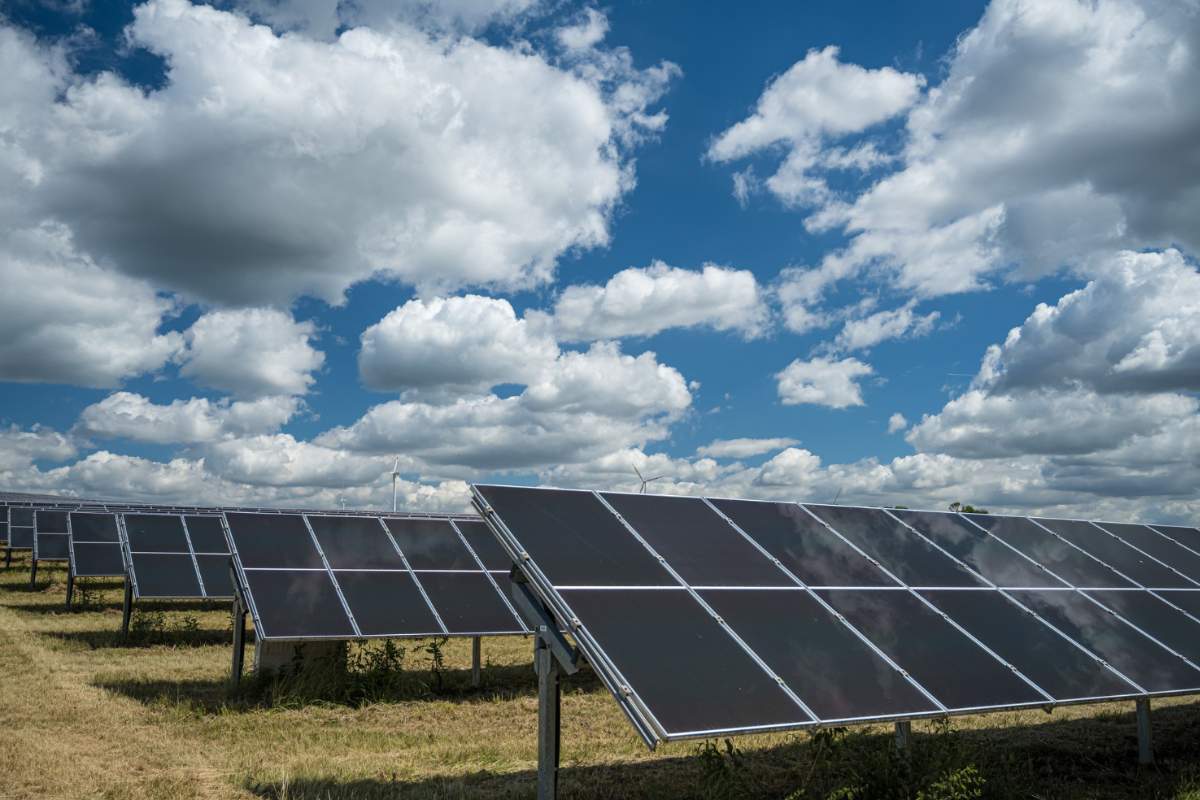India is quickly becoming a hub of India solar panel production, fueled by ambitious local goals, sweeping government subsidies, and increasing international demand for diversified clean-energy supply chains. Previously dominated by Chinese imports, India made around 80 GW of solar modules in 2024, around one-tenth of China’s production, and is now providing lavish subsidies and “Make in India” mandates to encourage local production of cells, wafers, and batteries. Still, the nation imports more than 90 percent of its polysilicon and key battery minerals, highlighting ongoing supply-chain risks. Through the development of manufacturing centers in states such as Tamil Nadu, India hopes to not just achieve its own target of 500 GW of non-fossil electricity capacity by the year 2030 but also to become the world’s leading exporter of solar panels and EV batteries, providing an alternative to the Chinese monopoly and generating millions of high-skilled employment opportunities.
The Rise of India Solar Panel Manufacturing
India’s solar capacity has expanded over the last decade, becoming the world’s third-largest producer of renewable electricity after China and the United States. However, until recently, nearly all the solar modules used in the country were manufactured by assembling imported wafers and cells, which were primarily Chinese. In 2024, India made around 80 GW of solar modules, only a tenth of what China produced, but this was a huge improvement compared to a couple of years before.
Domestic Demand as Catalyst
India’s power demand is set to double by 2040, fueled by urbanization, electric cars, and industrialization. Seeing this boom, New Delhi made the plans to install rooftop solar on 27 million homes by 2030 compulsory, requiring bidders to ensure local manufacturing of panels. This “demand-pull” strategy follows China’s previous playbook in which huge domestic consumption supported economies of scale and lured overseas investment.
Government Incentives for India Solar Panel Production
To convert ambition into reality, the Indian government has unveiled a package of incentives and regulatory steps squarely targeted at India solar panel production:
- Production-Linked Incentive (PLI) Schemes: Subsidies of up to ₹7,000 crore (~USD 850 million) for domestic production of high-efficiency solar cells and modules.
- Import Restrictions: Large utility-scale solar tenders now have strict local-content requirements, effectively excluding fully imported modules and increasing demand for Indian-produced panels.
- Battery Cell Subsidies: From 2025, new incentives focus on locally produced EV battery cells, with further support for establishing gigafactories in states such as Tamil Nadu, Gujarat, and Andhra Pradesh.
These initiatives counterbalance the early cost disadvantage, Indian cell production is still approximately 10–15 percent pricier than Chinese, yet are indispensable to developing a homegrown industry with global competitive capacity.
Breaking Supply-Chain Bottlenecks
In spite of the pace, India solar panel production will have to overcome entrenched supply-chain issues:
Polysilicon Reliance
Polysilicon, which is used to produce wafers and cells, is controlled by Chinese manufacturers. India continues to import more than 90 percent of its wafers and polysilicon, leaving manufacturers vulnerable to price fluctuations and geopolitical risk.
Critical Minerals for Batteries
Electric vehicle batteries use lithium, cobalt, and nickel, minerals over which China has a majority of the world’s refining and processing capacity. In 2024, certain Indian companies fell short of production goals partly because of these mineral limitations.
Logistics and Infrastructure
Creating world-class manufacturing facilities requires strong power, water, and transport infrastructure. Tamil Nadu has been at the forefront by providing ready plots of land, discounted power, and housing for workers, now other states need to step up to speed in upgrading infrastructure.
Job Creation and Economic Impact
One of the strongest motivators for India solar panel production is the potential for millions of well-trained, high-income jobs:
- Youth Employment: Two out of every three workers in India are below the age of 35, but manufacturing’s contribution to GDP has remained stuck at around 13 percent.
- Factory Floors: In Tata Power’s new 4 GW module factory in Tirunelveli, Tamil Nadu, about 2,000 workers, mostly women, work alongside robotic assembly lines, doing soldering and quality checks. Most point to newfound economic independence and career prospects.
- Rural Transformation: Solar parks located in rural and semi-urban regions introduce roads, schools, and healthcare to impoverished regions, accelerating socio-economic advantages.
Clean-energy manufacturing may create more than 3 million jobs directly by 2030 and a further 5 million in support services.
Export Potential and Global Competitiveness
Although local demand continues to be the largest market, Indian manufacturers have their sights on exports, particularly to nations that wish to shift away from Chinese supply chains:
- U.S. Market Opportunities: More than half of India’s solar module exports in 2024 were to the United States, supported by U.S. tax credits for the Inflation Reduction Act and reduced import tariffs on Indian products over Chinese panels.
- Global Diversification: Indian module exports increased more than twenty times from 2022 to 2024, with estimates that India may replace Southeast Asia as America’s leading solar supplier.
- Geopolitical Leverage: Continued trade talks with the U.S. may further cut tariffs and entrench India’s position in global clean-energy supply chains.
Sustaining export growth relies on unlocking upstream bottlenecks, polysilicon, wafers, and battery minerals, and sustaining competitive costs through subsidy phase-down.
Looking Ahead: Sustainability and Innovation
For long-term leadership in India solar panel manufacturing, the industry must shift beyond scale to innovation and sustainability:
- Next-Gen Technologies: Indian research institutions and startups are looking into perovskite-silicon tandem cells and bifacial panels to increase efficiency and minimize material consumption.
- Circular Economy: With more than 200 GW of solar capacity reaching end-of-life in 2040, recycling of modules and batteries will be imperative. India requires recycling centers to recover glass, aluminum, and precious minerals, minimizing environmental footprint and import dependence.
- Green Manufacturing: Using renewable energy to power factories and water-conserving processes will reduce carbon footprints and bring products in line with international ESG standards, making them more attractive to mindful consumers.
India aims to manufacture 200 GW of modules every year by 2035 and export half of the production, solidifying its position as a clean-energy manufacturing hub.
Conclusion
India’s solar panel production has advanced from mere assembly to a full-fledged industrial drive, sustained by strategic government support, robust domestic demand, and promising export opportunities. While dependence on imported battery minerals and polysilicon continues to be the primary challenge, targeted incentives, infra development, and a well-defined innovation roadmap provide a way out. As it competes for 500 GW of non-fossil power by 2030 and bids to take global market share, India’s clean-energy journey holds the promise of inexpensive, sustainable energy, mass job creation, and increased geopolitical clout.























Great insights
India is really doing good